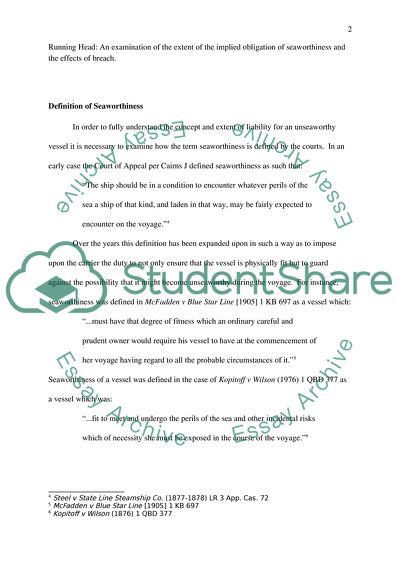Cite this document
(Extent Of The Implied Obligation Of Seaworthiness And The Effects Of Essay, n.d.)
Extent Of The Implied Obligation Of Seaworthiness And The Effects Of Essay. https://studentshare.org/law/1714674-an-examination-of-the-extent-of-the-implied-obligation-of-seaworthiness-and-the-effects-of-breach
Extent Of The Implied Obligation Of Seaworthiness And The Effects Of Essay. https://studentshare.org/law/1714674-an-examination-of-the-extent-of-the-implied-obligation-of-seaworthiness-and-the-effects-of-breach
(Extent Of The Implied Obligation Of Seaworthiness And The Effects Of Essay)
Extent Of The Implied Obligation Of Seaworthiness And The Effects Of Essay. https://studentshare.org/law/1714674-an-examination-of-the-extent-of-the-implied-obligation-of-seaworthiness-and-the-effects-of-breach.
Extent Of The Implied Obligation Of Seaworthiness And The Effects Of Essay. https://studentshare.org/law/1714674-an-examination-of-the-extent-of-the-implied-obligation-of-seaworthiness-and-the-effects-of-breach.
“Extent Of The Implied Obligation Of Seaworthiness And The Effects Of Essay”. https://studentshare.org/law/1714674-an-examination-of-the-extent-of-the-implied-obligation-of-seaworthiness-and-the-effects-of-breach.


